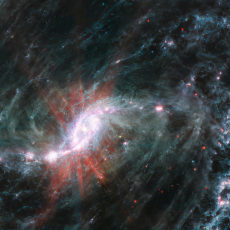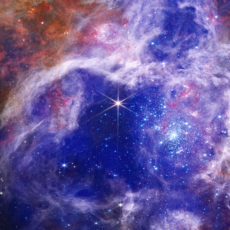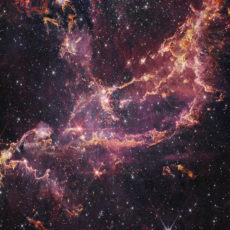
NASA’s James Webb Space Telescope used its NIRSpec (Near-Infrared Spectrograph) instrument to confirm water vapor around Comet 239P/Read, but what puzzled astronomers was the lack of detectable carbon dioxide. The object is located in the main asteroid belt and its data will be used to better understand history of water distribution in the solar system as well as other planetary systems.

What surprised the team was the missing carbon dioxide, as it typically makes up about 10% of the volatile material in a comet that can be easily vaporized by the Sun’s heat. Astronomers have come up with two possible explanations for the lack of carbon dioxide and the first is that Comet Read had CO2 when it formed, but has lost that because of warm temperatures.
- BRIGHT, SHARP VIEWS ANYWHERE: Unlike many beginner telescopes, this quality refractor features fully coated glass lenses and a 70mm aperture for...
- PERFECT FIRST TELESCOPE FOR BEGINNERS: Designed for adults and kids to enjoy together, this beginner-friendly telescope sets up in minutes and...
- EASY NO-TOOL SETUP: No complicated assembly or tools needed. The full-height tripod and telescope tube set up in seconds and pack neatly into the...
With Webb’s observations of Comet Read, we can now demonstrate that water ice from the early solar system can be preserved in the asteroid belt. Being in the asteroid belt for a long time could do it – carbon dioxide vaporizes more easily than water ice, and could percolate out over billions of years,” said Michael Kelley, Astronomer at University of Maryland, lead author of the study.






